Revell 1/32 Junkers Stuka B-2
Hi everyone!
Here's my Revell 1/32 Junkers Stuka B-2, built about 12 years ago.
The Junkers Ju 87 or Stuka (from Sturzkampfflugzeug, "dive bomber") was a German dive bomber and ground-attack aircraft. Designed by Hermann Pohlmann, it first flew in 1935. The Ju 87 made its combat debut in 1937 with the Luftwaffe's Condor Legion during the Spanish Civil War and served the Axis forces in World War II.
The aircraft is easily recognisable by its inverted gull wings and fixed spatted undercarriage. Upon the leading edges of its faired main gear legs were mounted the Jericho-Trompete (Jericho trumpet) wailing sirens, becoming the propaganda symbol of German air power and the so-called blitzkrieg victories of 1939–1942. The Stuka's design included several innovations, including automatic pull-up dive brakes under both wings to ensure that the aircraft recovered from its attack dive even if the pilot blacked out from the high g-forces.
The Ju 87 operated with considerable success in close air support and anti-shipping at the outbreak of World War II. It led air assaults in the invasion of Poland in September 1939. Stukas were critical to the rapid conquest of Norway, the Netherlands, Belgium and France in 1940. Sturdy, accurate, and very effective against ground targets, the Stuka was, like many other dive bombers of the period, vulnerable to fighter aircraft. During the Battle of Britain, its lack of manoeuvrability, speed and defensive armament meant that it required a heavy fighter escort to operate effectively.
After the Battle of Britain, the Stuka was used in the Balkans Campaign, the African and Mediterranean theatres and the early stages of the Eastern Front, where it was used for general ground support, as an effective specialised anti-tank aircraft and in an anti-shipping role. Once the Luftwaffe lost air superiority, the Stuka became an easy target for enemy fighter aircraft. It was produced until 1944 for lack of a better replacement. By 1945 ground-attack versions of the Focke-Wulf Fw 190 had largely replaced the Ju 87, but it remained in service until the end of the war.
An estimated 6,500 Ju 87s of all versions were built between 1936 and August 1944.
Sturzkampfgeschwader 3 (StG 3—Dive Bomber Wing 3) was a Dive bomber wing in the German Luftwaffe during World War II and operated the Junkers Ju 87 Stuka.
The wing was activated on 9 July 1940 using personnel from German medium bomber and other dive-bomber units. StG 3 was one of the few dive bomber units created during the war.
StG 3 fought its first campaign in the Battle of Britain a short time after formation. In 1941 it served in the Balkans Campaign and then some groups served on the Eastern Front, from 1943, until disbanded.
The wing operated through most of the North African Campaign and some of its units fought to destruction there. StG 3 also served in the Battle of the Mediterranean and spearheaded the last German campaign-sized victory in the Dodecanese campaign in autumn 1943.
The wing redesignated to Schlachtgeschwader 3 (Battle Wing) on 18 October 1943.
I bought this kit from my local hobby shop around 2005. It is a 1990 rebox of the ancient 1969 Revell kit. The basic outline is (I could say) good and raised "riveted" panel detail a bit heavy but somehow correct, for the Stuka's surfaces oozed heavy riveting. The cockpit is as basic (for 1/32) as it can get. The plastic was EXTREMELY brittle; I found the one half fuselage in two pieces, cracked in the middle-ish...
I built it OOB and, from what I can recall, fit was ok. Then it was the usual filling and sanding. The plane was finished as a 3./St.G.5 bird J9+LL with yellow fuselage band and underside wingtips, as it was operating in the Balkans campaign, probably somewhere in Greece around 1941-42, before moving to the Eastern front, where it was field-painted white. I DID have some silvering. Weathering was subtle here and there, some minimal chipping and dirtying-oiling.
All in all, this kit is ancient. Trumpeter has released a modern B Stuka, with some usual "Trumpeter" flaws, but in general very good and this is the way to go (Tom Cleaver @tcinla did a really nice job on it - you can see it here: https://modelingmadness.com/review/axis/cleaver/g/tmc87b.htm).
Yours trully had a great time building this kit. I just cannot stand watching unbuilt kits and, no matter how "ancient" or "obsolete" might be, try to give them a go...them finished finding a place in the shadow of the modern, "perfect" ones.
Hope you like this mean looking (but with many operational weaknesses) German beauty!
Happy modeling!
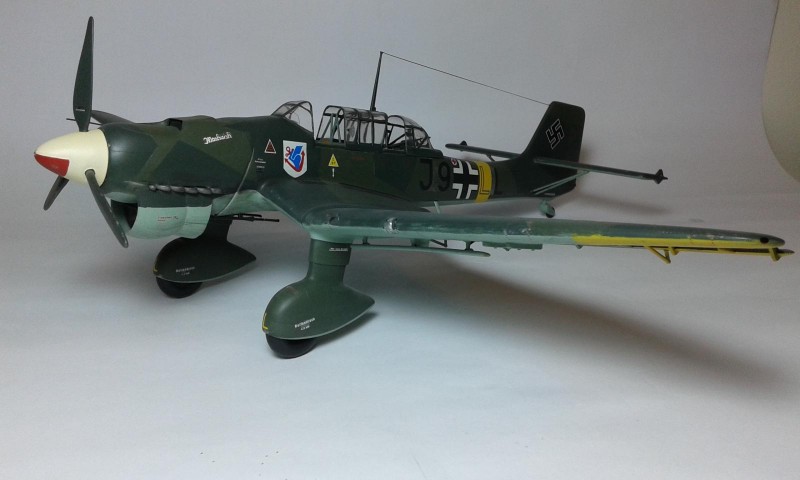
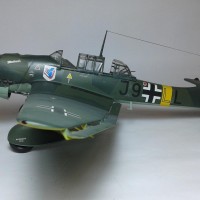
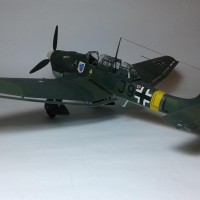
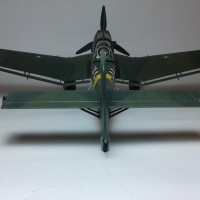
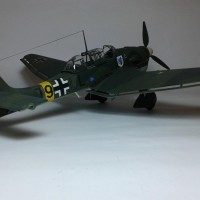
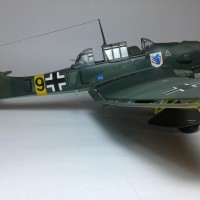
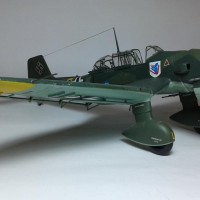
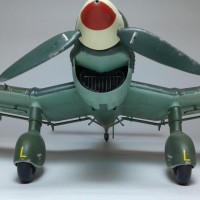
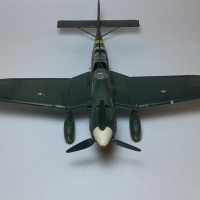
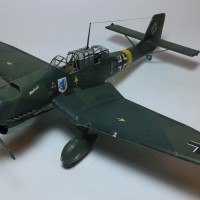
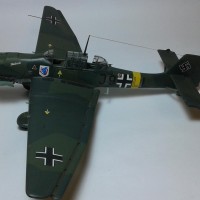
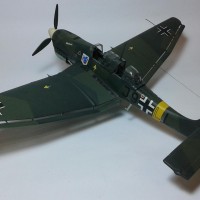
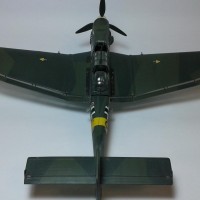
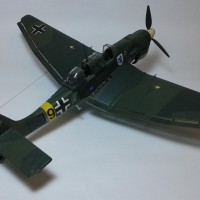
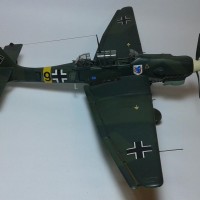
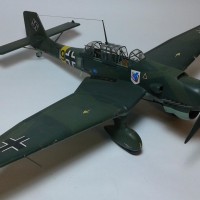
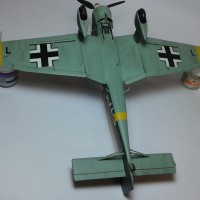

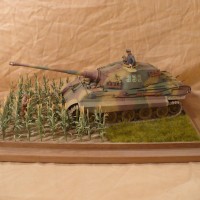
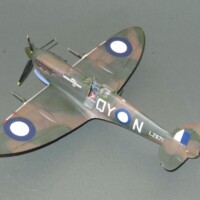
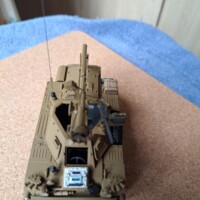
Another classic kit, built classically. Looks great!
Thank you Robert!
Always fascinated by the Stuka. Nice work on this one Spiros!
Thanks Bryan!
Beautifully done! I know what you mean about the brittle plastic. I'm building a 1970s release of the Monogram Dauntless, I have snapped a few pieces that were supposed to "flex" into place! Nicely done classic kit!
Thanks Rob! Seems we cannot leave all these classic kits unbuilt, no matter if they fight us a bit!
All the best!
Very nice - love the Stuka. This is one of the few 1/32 aircraft I built back in my childhood - late 60's/early 70's. Had the desert scheme with the snake on the side. Loved it! I've only built one since, but have another in the stash waiting on me...
Thanks Greg! Hope to see your Stuka coming along soon.
All the best!
I've always liked the Stuka - one of the stand-out dive-bombers. That thing must be quite large! Looks great, Spiros!
Thanks Robert! The Stuka was indeed a remarkable dive bomber. Large it indeed is!
All the best!
@fiveten I just finished reading a history of the Stuka campaigns in the Mediterranean. I remarked to my wife that there must be a whole lot of Allied ships on the bottom of that sea!
Hey Robert @robgenev665! Resarching a bit about the subject you mentioned, I came accross this amazing page:
https://en.wikipedia.org/wiki/Category:World_War_II_shipwrecks_in_the_Aegean_Sea
I understand that those are the documented shipwrecks and I wouldn't be surprised to discover more...
All the best!
Holy smokes, the list of ships sunk in the Med is longer than I imagined - just the list of U-boats sunk is quite impressive!
I built a 72 scale Airfix kit in the eighties, a Kanonenvogel tank bustr. Still have great memories to this bird. You made a great job out of this one, Spiros. I think real Stukas did not live 12 years, you took real good care of it!
Thanks Michel! Praise my "NO ENTRANCE" basement for the still good condition of my Stuka!
Another great build Spiros! Mean looking for sure...
Thank you Philip!
Not the greatest kit, as you pointed out, but you certainly came up with a very nice model anyway.
Thanks Tom!
That's a beauty of a stuka. One of the best looking aircraft of WW2
Thanks Daniel @blacklupos!
I tried to bring to life the old and quite simple Revell kit!